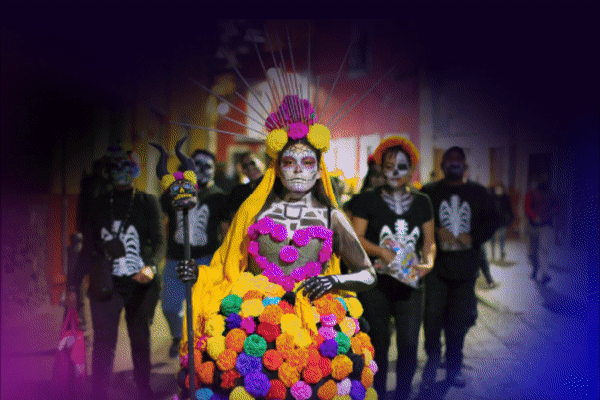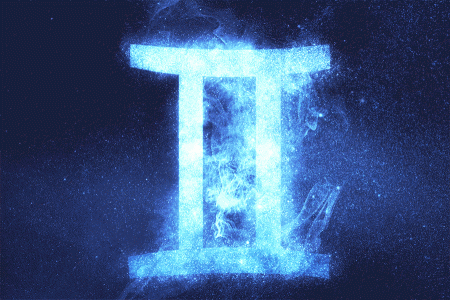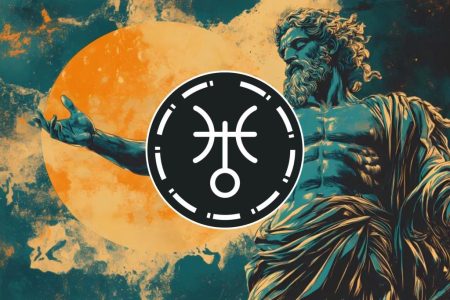“Día de los Muertos”, or Day of the Dead, celebrates the sacred cycle of life and death by honoring the deceased and welcoming them back into the world of the living. This holiday is a blend of pre-Columbian rituals and European traditions. Families often visit cemeteries to clean and decorate the tombs of their loved ones, enjoying food, music, and conversations with the deceased. Altars, known as ofrendas, are created in homes to remember and honor the dead. Day of the Dead is observed on November 1st and 2nd, corresponding to All Saints and All Souls Day, in various regions of North, Central, and South America.
The Day of the Dead tradition traces its origins back 3,000 years to the death rituals of the Nahua people of Mesoamerica, including the Aztecs. For the Nahua, death was seen not as an end but as a transition to another phase of existence. After death, the soul of the deceased went on a journey to the underworld before reaching its final resting place. The Spanish conquistadors, influenced by Christianity, aligned the Nahua death rituals with All Saints and All Souls Day. Despite attempts to cast death as fearful, the essence of the celebration remains to honor the deceased and the cyclical nature of life.
Altars and ofrendas are significant components of Day of the Dead celebrations, serving to acknowledge the deceased and guide them back home. These altars feature offerings such as photos, food, water, sugary skulls, and papel picado. The rituals and preparation for Day of the Dead are crucial as it is believed that the dead possess the ability to bring either pain or prosperity, depending on the sincerity and adequacy of the offerings. While sharing themes of death, Halloween and Day of the Dead are distinct traditions, with the latter facing concerns of cultural appropriation and commercialization.
The observation of Day of the Dead is a deeply meaningful cultural celebration that should be approached with respect and understanding. It is vital to differentiate between cultural appreciation and appropriation, ensuring that traditions are honored rather than exploited for profit. By appreciating and observing Day of the Dead with reverence and curiosity, individuals can pay homage to the sacred cycle of life and death. Thoughtful spending and engagement with the holiday’s practices can help in preserving the integrity of this important tradition. Taking steps to respect and support the communities that uphold Day of the Dead is essential in fostering genuine cultural appreciation.
In summary, Day of the Dead is a poignant celebration that honors the deceased and recognizes the interconnectedness of life and death. Rooted in ancient Mesoamerican traditions and European influences, this holiday highlights the cyclical nature of existence and the significance of remembering those who have passed. By participating in Day of the Dead with respect, curiosity, and cultural sensitivity, individuals can pay tribute to the sacred cycle of life and death that transcends borders and time.















